
Network Programmability and Automation. Skills for the Next-Generation Network Engineer Jason Edelman, Scott S. Lowe, Matt Oswalt
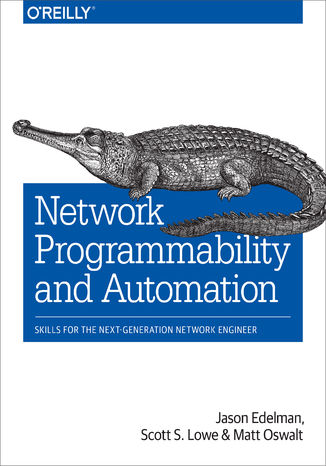



- Autorzy:
- Jason Edelman, Scott S. Lowe, Matt Oswalt
- Wydawnictwo:
- O'Reilly Media
- Ocena:
- Stron:
- 584
- Dostępne formaty:
-
ePubMobi
 opcje wysyłki »
opcje wysyłki »
Opis
książki
:
Network Programmability and Automation. Skills for the Next-Generation Network Engineer
Like sysadmins before them, network engineers are finding that they cannot do their work manually anymore. As the field faces new protocols, technologies, delivery models, and a pressing need for businesses to be more agile and flexible, network automation is becoming essential. This practical guide shows network engineers how to use a range of technologies and tools—including Linux, Python, JSON, and XML—to automate their systems through code.
Network programming and automation will help you simplify tasks involved in configuring, managing, and operating network equipment, topologies, services, and connectivity. Through the course of the book, you’ll learn the basic skills and tools you need to make this critical transition.
This book covers:
- Python programming basics: data types, conditionals, loops, functions, classes, and modules
- Linux fundamentals to provide the foundation you need on your network automation journey
- Data formats and models: JSON, XML, YAML, and YANG for networking
- Jinja templating and its applicability for creating network device configurations
- The role of application programming interfaces (APIs) in network automation
- Source control with Git to manage code changes during the automation process
- How Ansible, Salt, and StackStorm open source automation tools can be used to automate network devices
- Key tools and technologies required for a Continuous Integration (CI) pipeline in network operations
Wybrane bestsellery
O'Reilly Media - inne książki
Dzięki opcji "Druk na żądanie" do sprzedaży wracają tytuły Grupy Helion, które cieszyły sie dużym zainteresowaniem, a których nakład został wyprzedany.
Dla naszych Czytelników wydrukowaliśmy dodatkową pulę egzemplarzy w technice druku cyfrowego.
Co powinieneś wiedzieć o usłudze "Druk na żądanie":
- usługa obejmuje tylko widoczną poniżej listę tytułów, którą na bieżąco aktualizujemy;
- cena książki może być wyższa od początkowej ceny detalicznej, co jest spowodowane kosztami druku cyfrowego (wyższymi niż koszty tradycyjnego druku offsetowego). Obowiązująca cena jest zawsze podawana na stronie WWW książki;
- zawartość książki wraz z dodatkami (płyta CD, DVD) odpowiada jej pierwotnemu wydaniu i jest w pełni komplementarna;
- usługa nie obejmuje książek w kolorze.
Masz pytanie o konkretny tytuł? Napisz do nas: sklep@helion.pl
Książka drukowana


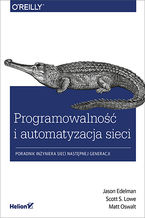
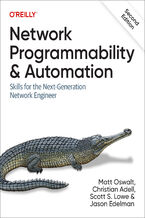


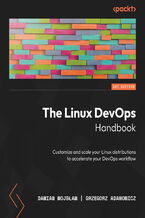
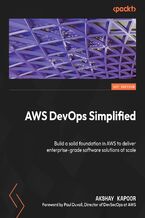
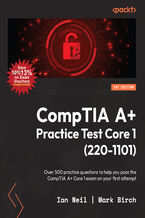
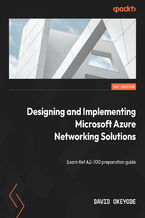
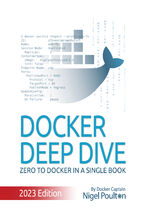
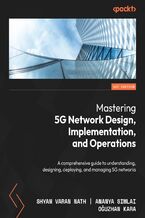
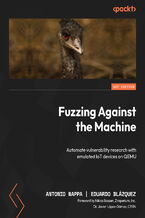
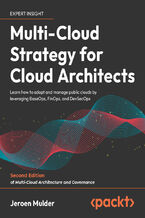
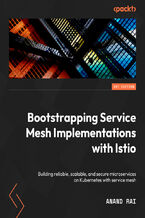






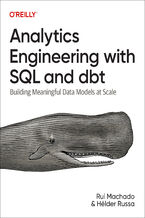
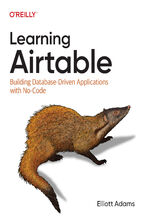
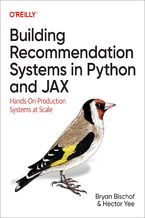
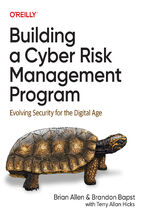
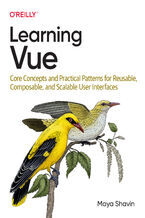

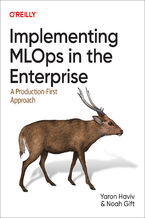
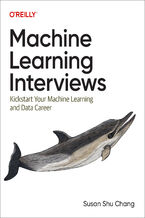
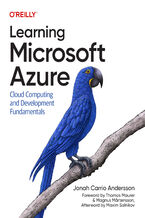
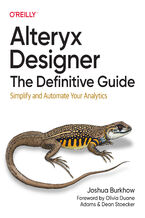



Oceny i opinie klientów: Network Programmability and Automation. Skills for the Next-Generation Network Engineer Jason Edelman, Scott S. Lowe, Matt Oswalt
(0)